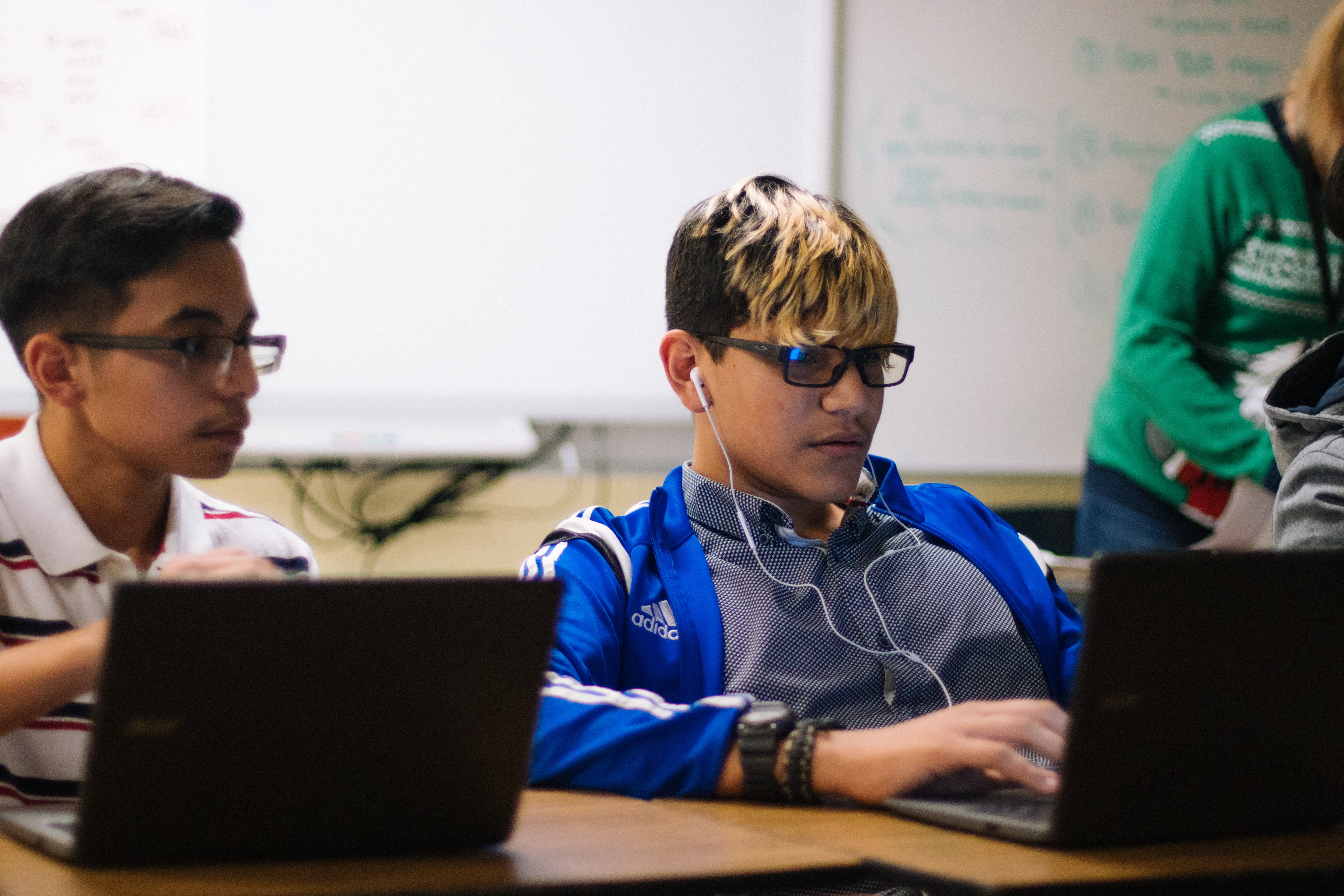Limiting Quit Points: Supporting Students in Creative Ways
May 06, 2021
Trying to account for the individual needs of diverse learners is one of the most significant challenges for educators.
Even when teachers use dynamic resources and offer active learning opportunities, some students will be bored or fall behind.
We all learn differently, and our success in the classroom is dependent on how well teachers can account for these variances. Learning disabilities, physical health, and individual learning habits also impact the success of a lesson.
These variables can make it seem like every student requires a distinct lesson plan or personal tutor—a level of personalization that isn’t realistic in the average classroom.
The result is that teachers try to incorporate strategies that can adjust for the needs of as many students as possible.
All teachers learn about differentiation and are trained to attempt it.
But most find it difficult to practice on a daily basis. Instead, most classrooms use a standardized approach that aims for the middle, in hopes of reaching the largest target audience. This model, however, results in some students “slipping through the cracks.”
One of the best ways to address this is to differentiate between students based on individual learning styles, like providing opportunities for visual learners to learn in ways that are different from auditory learners.
Other methods of differentiation sort students based on perceived skills. Many schools track students from elementary through secondary education, for that exact reason.
Other schools steer students into accelerated or remedial classes based on factors such as standardized test scores. Sometimes it seems like all students need private lessons to meet their needs.
During our studies, we discovered that differentiation could be easier than most teachers assumed—and that our own differentiation model needed to change.
Quit Point helped us recognize the personal nature of effort in learning, and once we realized that, we also used it to build a more personalized learning environment. Our primary strategy was to differentiate to improve student optimism, task value, and resiliency.
To accomplish this, we developed a tiered model of differentiation with blueprinting to plan for individual differences and design user-friendly resources.
We used our experiences with Quit Point to refine the differentiation, instead of using learning styles or skill-based divisions. We found that it helped us increase student optimism, engagement, and learning.

Tiering: One Size Does Not Fit All
Unfortunately, this one-size-fits-all approach creates problems. The treatment only masks symptoms to make the disease more tolerable for the patient.
And that can lead to more significant problems because it’s neglecting the underlying illness that is causing the fever in the first place. When the treatment doesn’t address the real issues, it endangers the patients with more serious diseases.
This is why we started using our Quit Point focus and multi-tiered model.
Tier 1
The Tier 1 student demonstrates consistently low effort in the classroom.
These students sometimes have lower abilities than their peers, due to their consistently poor engagement. Our differentiation focuses on the variables that might prevent this student from quitting, as a means for improving academic achievement and ability.
A Tier 1 student generally has lower optimism than his or her peers because over time, a consistently lower effort leads to negative academic consequences. Students’ failure becomes a self-fulfilling prophecy as decreasing optimism results in less productivity, less learning, and falling behind.
This tier is recognizable by its low expectations for achievement, over-dependence on assistance from the teacher, or cheating.
Tier 2
Tier 2 students do not have the alarmingly low effort and lack of optimism of their Tier 1 peers. Tier 2 students tend to understand how to “play school,” and are therefore more likely to appear engaged and active in learning.
They will continue to show progress through each school year, making them less likely to receive interventions or personalized learning opportunities.
If a Tier 2 student does not exhibit concerning behaviors, the student’s compliance can make it easy to Effort Ration and fly under the radar.
Teachers expect to devote a great deal of time and energy to students who fall into Tier 1, but Tier 2 students also need specific strategies to prevent them from settling for regular Effort Rationing and more frequent quitting.

Tier 3
The Tier 3 student is the most difficult to identify. These students usually have positive experiences in school, due to being able to achieve beyond the teacher’s academic expectations.
They are not just optimistic about getting through school like their Tier 2 peers but are often confident of doing well academically because their past experiences reinforce their academic success. This expectation can lead these students to resist teacher feedback and support.
They are accustomed to positive feedback, thanks to their ability to outperform their peers, and they avoid situations that can result in adverse outcomes or correction.
Whereas Tier 2 students focus on directions as their guide to success, this group prefers to skip the instructions and expects to succeed based on their past achievements or superior abilities.
Our takeaway from understanding tiers is that we need to plan our instruction in a way that builds optimism, facilitates feedback, and encourages independent exploration.
Use your unit planning and lesson planning to reach these goals and adopt a more student-friendly approach to assignments. Doing so will help you delay and prevent Quit Points.






